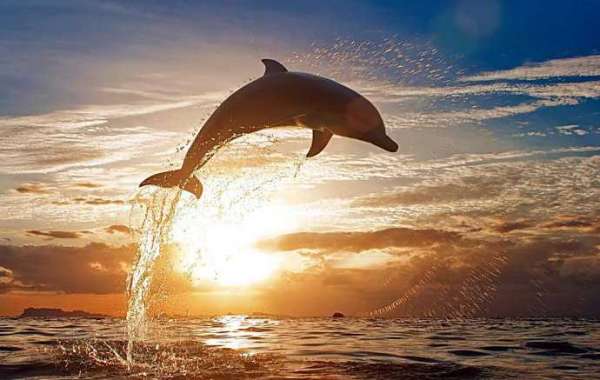In the summer of 1971, a historical event unfolded that captivated the hearts and minds of people around the world. It was one small step for man, but one giant leap for mankind - the Apollo 15 mission and the subsequent moon landing. This monumental event marked a significant advancement in human exploration as astronauts set foot on the lunar surface, expanding our understanding of the universe and inspiring generations to come.
On August 2nd, 1971, the Apollo 15 spacecraft blasted off from Kennedy Space Center in Florida, carrying three astronauts: Commander David Scott, Lunar Module Pilot James Irwin, and Command Module Pilot Alfred Worden. With groundbreaking scientific experiments and grand ambitions to explore the moon's surface in greater detail than ever before, this mission would forever be etched in history.
As the lunar module descended towards the Hadley-Apennine region in the Imbrium basin, excitement and anticipation filled the mission control room at NASA. On August 2nd, after a four-day journey spanning 386,000 kilometers, the spacecraft successfully entered the moon's orbit. As Commander Scott and Lunar Module Pilot Irwin prepared for their lunar excursion, Command Module Pilot Worden stayed aboard the Command Module, named Endeavour, tirelessly orbiting the moon.
On August 6th, the lunar module Falcon landed safely on the moon's surface, in a region known as the Hadley-Apennine. With the moon's gravity exerting a force one-sixth that of Earth, the astronauts bounded across the lunar landscape as if defying gravity itself. Clad in their iconic white space suits, Scott and Irwin ventured out, equipped with scientific instruments, including a lunar rover, and a deep thirst for exploration and discovery.
During their three lunar surface excursions, the astronauts conducted geological investigations, collected rock samples, and deployed scientific instruments that would gather crucial data for further lunar research. The use of the lunar rover vastly expanded the astronauts' range, allowing them to venture further from the lunar module and uncover fascinating geological features. Their discoveries provided valuable insights into the moon's formation and history.
Notably, while on the moon's surface, Commander Scott performed a symbolic scientific demonstration that remains one of the most memorable moments of the mission. Dropping a feather and a hammer simultaneously, Scott proved Galileo's theory that objects would fall at the same rate in a vacuum, regardless of their mass. This experimental feat demonstrated the power of scientific inquiry even on a celestial body far from Earth.
After spending a record 66 hours on the moon, the astronauts bid their farewell to the lunar surface. With their lunar samples, scientific data, and memories of exploration, they launched the ascent stage of the lunar module. As they rendezvoused with the Command Module, the emotional weight of their accomplishment began to settle in. On August 7th, the Lunar Module docked with the Command Module, and soon thereafter, the Command Module left lunar orbit, beginning its journey back to Earth.
On August 7th, 1971, the Apollo 15 mission splashed down safely in the Pacific Ocean, concluding its extraordinary voyage. The successful return of the astronauts made them instant national heroes, and their triumphant journey laid the foundation for future moon missions.
air jordan 1 mid tan gum womensThe Apollo 15 mission and its moon landing in August 1971 demonstrated humanity's boundless curiosity and determination to explore the cosmos. This awe-inspiring event united people around the world and left an indelible mark on the annals of space exploration. Today, it continues to inspire mankind's pursuit of knowledge and pushes the boundaries of what we can achieve as we strive to unlock the mysteries of the universe.
adidas yeezy boost 350 v2 tail light fx9017






